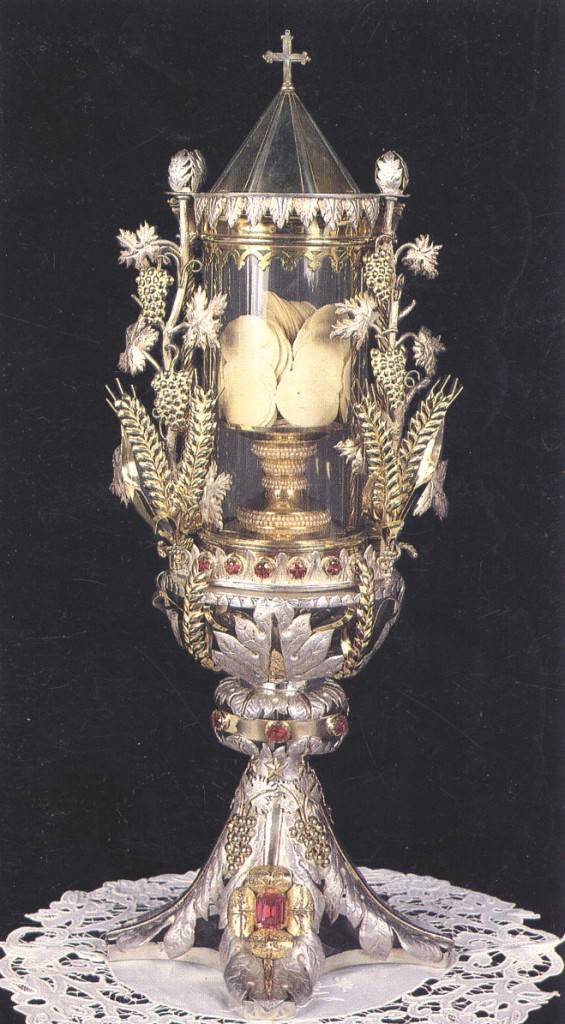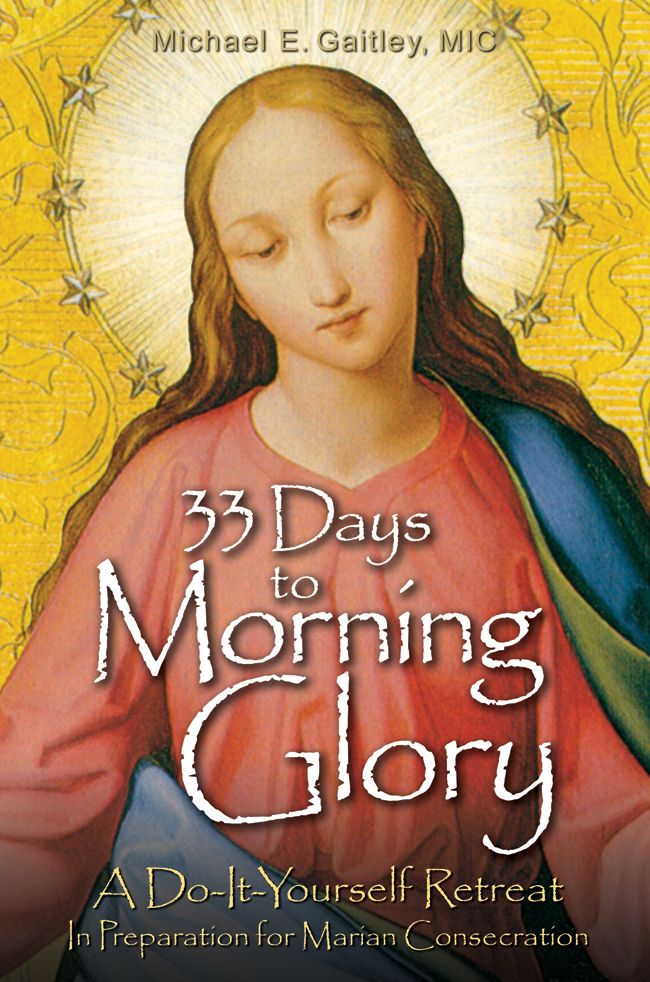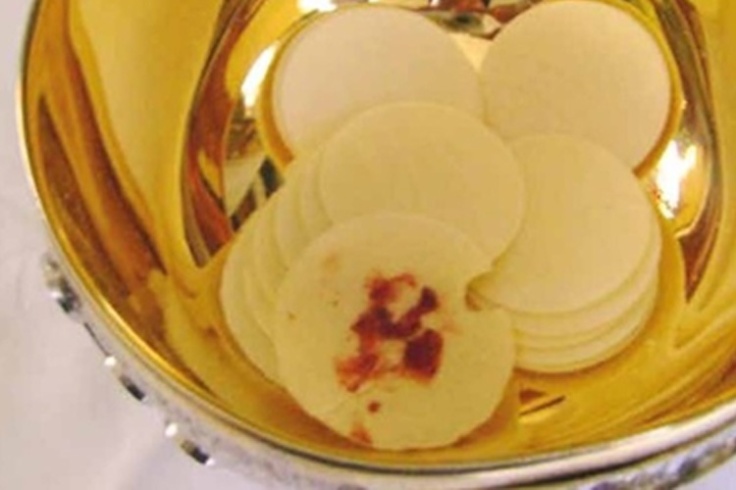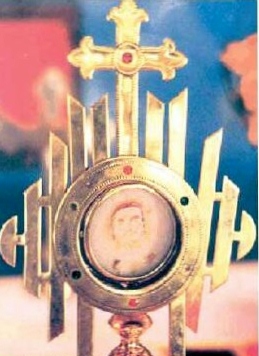Reference: http://www.therealpresence.org/eucharst/mir/siena.html
On August 14th, 1730, while the Catholics of Siena, Italy were attending a special festival for the eve of the feast of the Assumption, thieves entered the Church of St. Francis and stole a golden ciborium containing hundreds of a consecrated hosts.
Two days later, someone noticed something white protruding from the offering box at another church in Siena. The priests opened the box and found the missing hosts inside, entangled in cobwebs and dirt. After being cleaned as much as possible, the hosts were placed in a new ciborium and taken back to the Church of St. Francis for prayers of reparation and veneration.
Since the hosts were dirty, the priests decided not to consume them but let them simply deteriorate. Over the next few decades, everyone was amazed to see that the hosts did not deteriorate, but actually appeared fresh.
The hosts remain in this state today, 285 years later, and can still be seen in the (now) Basilica of St. Francis in Siena, Italy.























